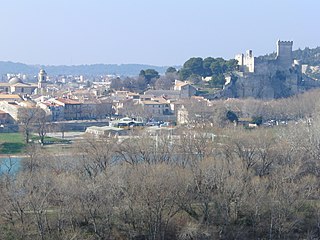
Nicolas Bergasse was a French lawyer, philosopher, and politician, whose activity was mainly carried out during the beginning of the French Revolution during its early Monarchiens phase.
Hypochromic anemia is a generic term for any type of anemia in which the red blood cells are paler than normal. A normal red blood cell has a biconcave disk shape and will have an area of pallor in its center. In hypochromic cells, this area of central pallor is increased. This decrease in redness is due to a disproportionate reduction of red cell hemoglobin in proportion to the volume of the cell. Clinically the color can be evaluated by the Mean Corpuscular Hemoglobin (MCH) or Mean Corpuscular Hemoglobin Concentration (MCHC). The MCHC is considered the better parameter of the two as it adjusts for effect the size of the cell has on its color. Hypochromia is clinically defined as below the normal MCH reference range of 27-33 picograms/cell in adults or below the normal MCHC reference range of 33-36 g/dL in adults.

Iron supplements, also known as iron salts and iron pills, are a number of iron formulations used to treat and prevent iron deficiency including iron deficiency anemia. For prevention they are only recommended in those with poor absorption, heavy menstrual periods, pregnancy, hemodialysis, or a diet low in iron. Prevention may also be used in low birth weight babies. They are taken by mouth, injection into a vein, or injection into a muscle. While benefits may be seen in days up to two months may be required until iron levels return to normal.
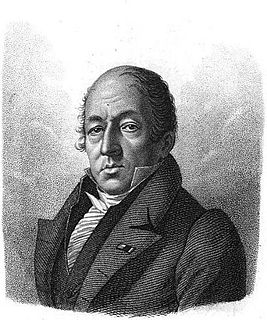
Pierre François Keraudren was a scientist and physician in the French Navy. He was a native of Brest.

Pierre Louis Alphée Cazenave was a French dermatologist who practiced medicine at the Hôpital Saint-Louis in Paris.

Jean Casimir Félix Guyon was a French surgeon and urologist born in Saint-Denis, Ile-Bourbon (Réunion).
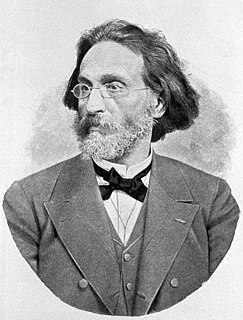
Georges Hayem was a physician and hematologist born in Paris.

Pierre Barrère was a French physician and naturalist.
Pierre-Joseph Amoreux was a French physician and naturalist. He was the librarian at the Faculté de Médecine de Montpellier, in English Medical college of Montpellier. He was the author of many works on medicine, agriculture, botany and natural history. The most important are:
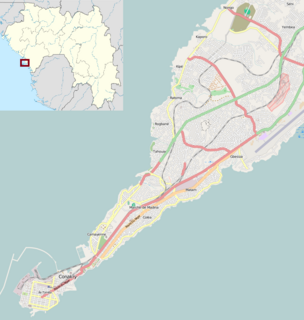
The Ignace Deen Hospital is a hospital in Conakry, Guinea built during the colonial era. The hospital is situated next to the National Museum.

Pierre-Antoine-Ernest Bazin was a French physician and dermatologist born in Saint-Brice-sous-Forêt. His brother, Antoine-Pierre-Louis Bazin (1799-1863), was a noted Sinologist.

Louis Jacques Bégin was a French military physician.
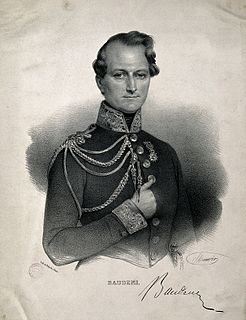
Lucien Jean-Baptiste Baudens was a French military surgeon.
Charles-Michel Billard was a French physician, best known for his research of pediatric diseases.

Édouard Rist was a French physician who specialized in tuberculosis research (phthisiology). He was the brother of economist Charles Rist.

Alfred Louis Philippe Hardy was a French dermatologist.

François-Emmanuel Fodéré was a French forensic physician.
François-Étienne de La Roche was a Genevan physician, naturalist, chemist, botanist and ichthyologist.

The Sainte-Anne Hospital Center is a hospital located in the 14th arrondissement of Paris, specializing in psychiatry, neurology, neurosurgery, neuroimaging and addiction. With its creation dating to 1651, the organization remains, along with the Esquirol Hospital in Saint-Maurice, the symbol of psychiatric asylums in France.

